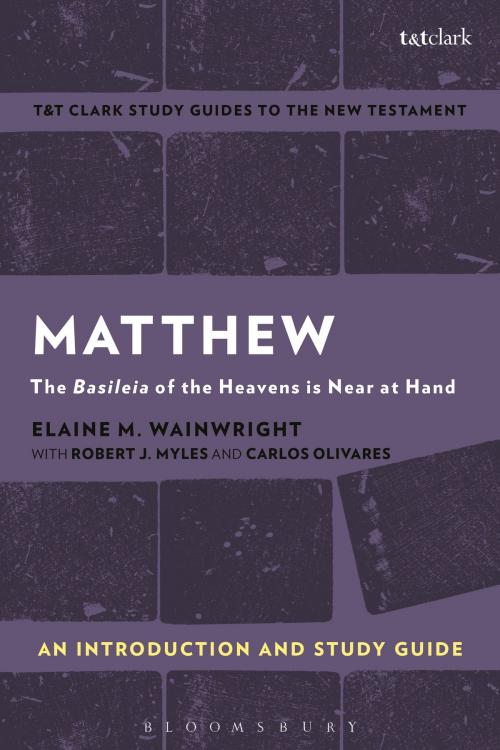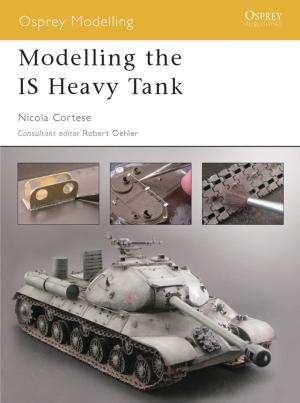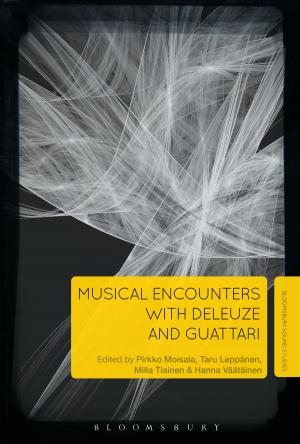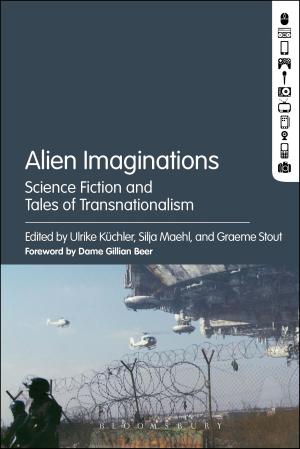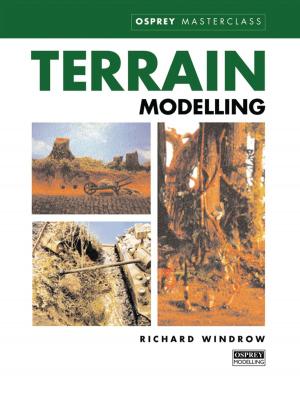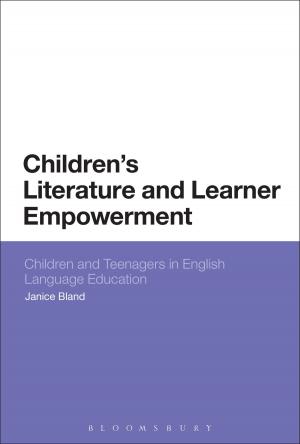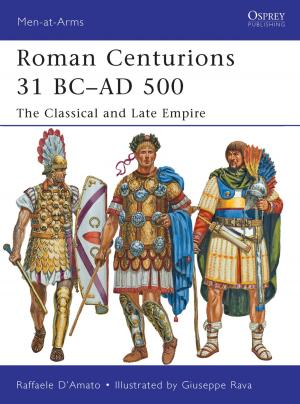Matthew: An Introduction and Study Guide
The Basileia of the Heavens is Near at Hand
Nonfiction, Religion & Spirituality, Bible & Bible Studies, New Testament, Criticism & Interpretation| Author: | Elaine M. Wainwright | ISBN: | 9781350008809 |
| Publisher: | Bloomsbury Publishing | Publication: | January 12, 2017 |
| Imprint: | T&T Clark | Language: | English |
| Author: | Elaine M. Wainwright |
| ISBN: | 9781350008809 |
| Publisher: | Bloomsbury Publishing |
| Publication: | January 12, 2017 |
| Imprint: | T&T Clark |
| Language: | English |
Recent decades have seen significant shifts in biblical scholarship opening up a range of ways of engaging the biblical narrative - both methodologically (the tools and techniques for engaging the text) and hermeneutically (the perspectives that inform an interpreter's approach to the text and to the interpretative task). It is these shifts that give shape to this introduction and study guide, so that students encounter not only the text of Matthew itself but also its rich lode of recent interpretation.
Among aspects of 1st-century life brought to the fore by current social-scientific methodology are kinship, the honor and shame culture, and masculinity. Gender is another interpretative lens that has characterized the study of the Gospel of Matthew in recent decades and the Guide provides pathways through this rich literature.
The guide to Matthew concludes with the most recent turn of the hermeneutical lens, namely an ecological perspective on what is perhaps the best-known text in Matthew, the Beatitudes. This final chapter is an example of how we can enter an old and familiar text like the Gospel of Matthew from yet another new critical direction.
Recent decades have seen significant shifts in biblical scholarship opening up a range of ways of engaging the biblical narrative - both methodologically (the tools and techniques for engaging the text) and hermeneutically (the perspectives that inform an interpreter's approach to the text and to the interpretative task). It is these shifts that give shape to this introduction and study guide, so that students encounter not only the text of Matthew itself but also its rich lode of recent interpretation.
Among aspects of 1st-century life brought to the fore by current social-scientific methodology are kinship, the honor and shame culture, and masculinity. Gender is another interpretative lens that has characterized the study of the Gospel of Matthew in recent decades and the Guide provides pathways through this rich literature.
The guide to Matthew concludes with the most recent turn of the hermeneutical lens, namely an ecological perspective on what is perhaps the best-known text in Matthew, the Beatitudes. This final chapter is an example of how we can enter an old and familiar text like the Gospel of Matthew from yet another new critical direction.
